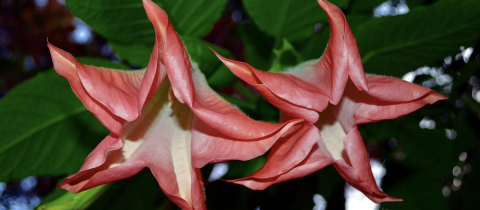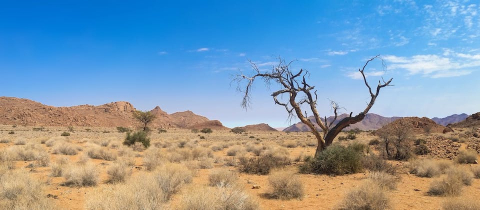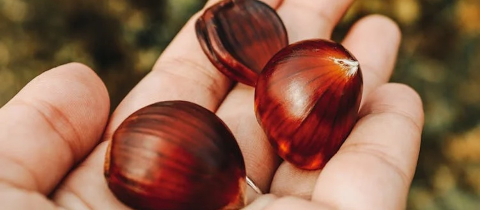In 1618 a farmer in England noticed that he could lead his cows to water but could not make them drink. He tasted the well water himself and realized right away that there was some wisdom to the cows’ behavior. The water tasted terribly bitter! Something that tasted so terrible, must be good for something, he thought. It sure was. The water made for a very nice soothing hot footbath and even had a healing effect on scratches and skin rashes. The most dramatic effect, however, was noted when the farmer drank a whole glass of the water. Let’s just say that the result was a rather hasty trip to the outhouse. What was so special about this water? It didn’t take the farmer long to figure it out. When he allowed the water to evaporate, he was left with copious amounts of a white powdery residue. Epsom salt he called it. And the name has stuck. That farmer’s well at Epsom eventually became a huge commercial success.
Epsom salt is still used today for its ability to soothe inflammation by withdrawing water from muscles and tissues and on occasion is still used as a laxative. Now of course we know it’s actually magnesium sulfate. The English farmer wasn’t the first to notice the bitter taste of this substance. That distinct honor may well go to Moses. The Bible recounts how after leaving Egypt the Israelites wondered around the desert for forty years with very little food and very little water. Then one day, much to their delight, they came upon the pond of Marah. Their happiness, however, was short lived because the water turned out to be so bitter that they could not drink it.
Moses then turned to his research director and got good advice: “the Lord showed him a tree; and when he cast it into the waters, the waters were made sweet.” What happened here? The main components of wood are cellulose and lignin. These compounds when subjected to sun exposure develop “ion-exchange” properties meaning that they can absorb both magnesium and sulfate ions. In a sense, Moses ended up purifying the water and made it sweet to drink.
The Israelites’ chemical escapade may not be the only link between magnesium and divine interaction. In fact, there would be no life on earth without magnesium. It is an integral part of the chlorophyll molecule which of course is responsible for photosynthesis. No magnesium, no chlorophyll, no photosynthesis, no plants, no life!
And what eventually happens to the magnesium in chlorophyll? It depends. Sometimes, you’ll note, that cooking green vegetables results in a loss of some of the color. This is especially the case with peas which often end up looking rather anemic. The cooking process releases natural acids from plants and these tend to remove the magnesium from chlorophyll, destroying its color. The time-honored remedy for this affliction is to add a little baking soda to the cooking water. This neutralizes the liberated acids and maintains the bright green color. Or I suppose one could try increasing the magnesium concentration by adding some Epsom salt. If it doesn’t work, you could always use the water as a footbath.







